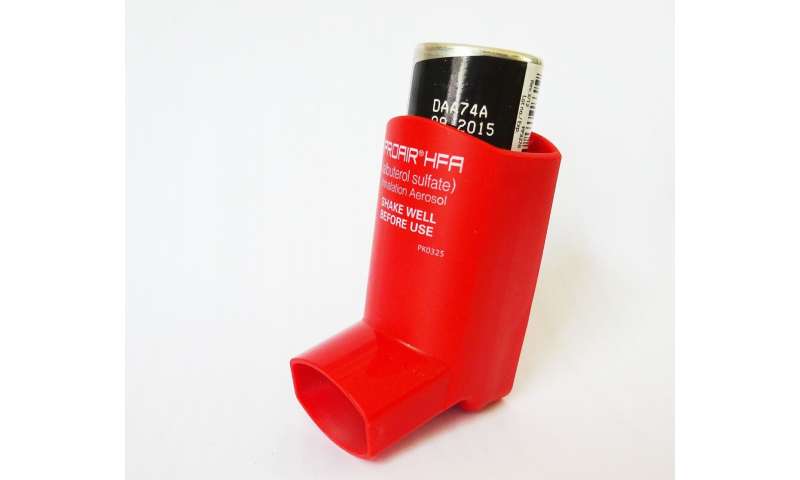
Nanoparticles continue to find wider use in medical treatments in everything from drug delivery to diagnosing disease. In nearly every case, these ultrafine particles are delivered to patients via injection or through an IV.
Biomedical engineers at the University of Michigan are exploring how nanoparticles that are inhaled can benefit patients with autoimmune disorders, such as multiple sclerosis. Lonnie Shea, the Steven A. Goldstein Collegiate Professor of Biomedical Engineering and the William and Valerie Hall Chair of Biomedical Engineering, and Research Area Specialist Eiji Saito discuss their recent paper that appeared in the journal Science Advances.
What benefits do nanoparticles offer as a treatment for autoimmune diseases that are superior to traditional treatments?
SHEA: Traditional treatments in this area attempt to suppress the body’s immune response in a way that is general and non-specific. And that’s an approach that can come with consequences—problems like opportunistic infections.
SAITO: Some of the current treatments for, say, multiple sclerosis, have partial efficacy against a relapse of the disease. However, those same treatments may cause adverse effects such as non-specific immunosuppression and potentially worsen their MS symptoms. As a result, the usefulness of those treatments is limited.
SHEA: Introducing nanoparticles can reprogram the immune response in a more specific way. It stops the body from having an immune reaction, but only to the proteins that are causing the disease.
SAITO: In addition, nanoparticles provide more efficient and targeted delivery than soluble drugs.
Is the delivery of nanoparticles as simple as it sounds?
SAITO: The nanoparticles could be delivered using current pulmonary delivery techniques. That could mean dry powder inhalers, like those used for treating asthma. Or it could mean nebulizers that create a mist for inhalation.
What are the benefits of inhaled treatments in general, and for an autoimmune disease like multiple sclerosis specifically?
SHEA: Pulmonary delivery, or inhalation, provides an opportunity for a therapy to be easily administered by the patient themselves. Current approaches with the nanoparticles require an intravenous infusion that requires a skilled physician or nurse.
SAITO: The benefit of the delivery is its non-invasive or needle-free manner, which a lot of people, such as children, find favorable. In addition, it’s difficult to sterilize needles in some areas, such as developing countries, while pulmonary delivery could be applicable.
Explain how nanoparticles introduced to the body via inhalation work to induce tolerance for autoimmune disease. How would that help a patient with MS?
SHEA: The nanoparticles that contain an antigen associated with disease enter into the lung and are internalized by a subset of immune cells, which process and present the antigen. Activated T cells, which are associated with disease progression, can interact with the presented antigen. That presented antigen deactivates the T cells, halting the spread of the disease.
Our nanoparticles incorporate disease specific proteins to ameliorate autoimmune disease. For patients with MS, the proteins associated with disease are those found in myelin, the insulating sheath around nerve fibers, and they could be incorporated into particles for inhalable delivery.
How would an inhalable treatment for autoimmune diseases be of benefit in more remote parts of the world or in areas without a high level of medical and economic resources?
SHEA: An inhalable treatment could be administered easily and would not require trained medical personnel for administration. For example, patients can use nebulizers to deliver particles.
With what your research has shown to date, what’s the next step for the technology? Where do you see it in 10 years?
Source: Read Full Article
